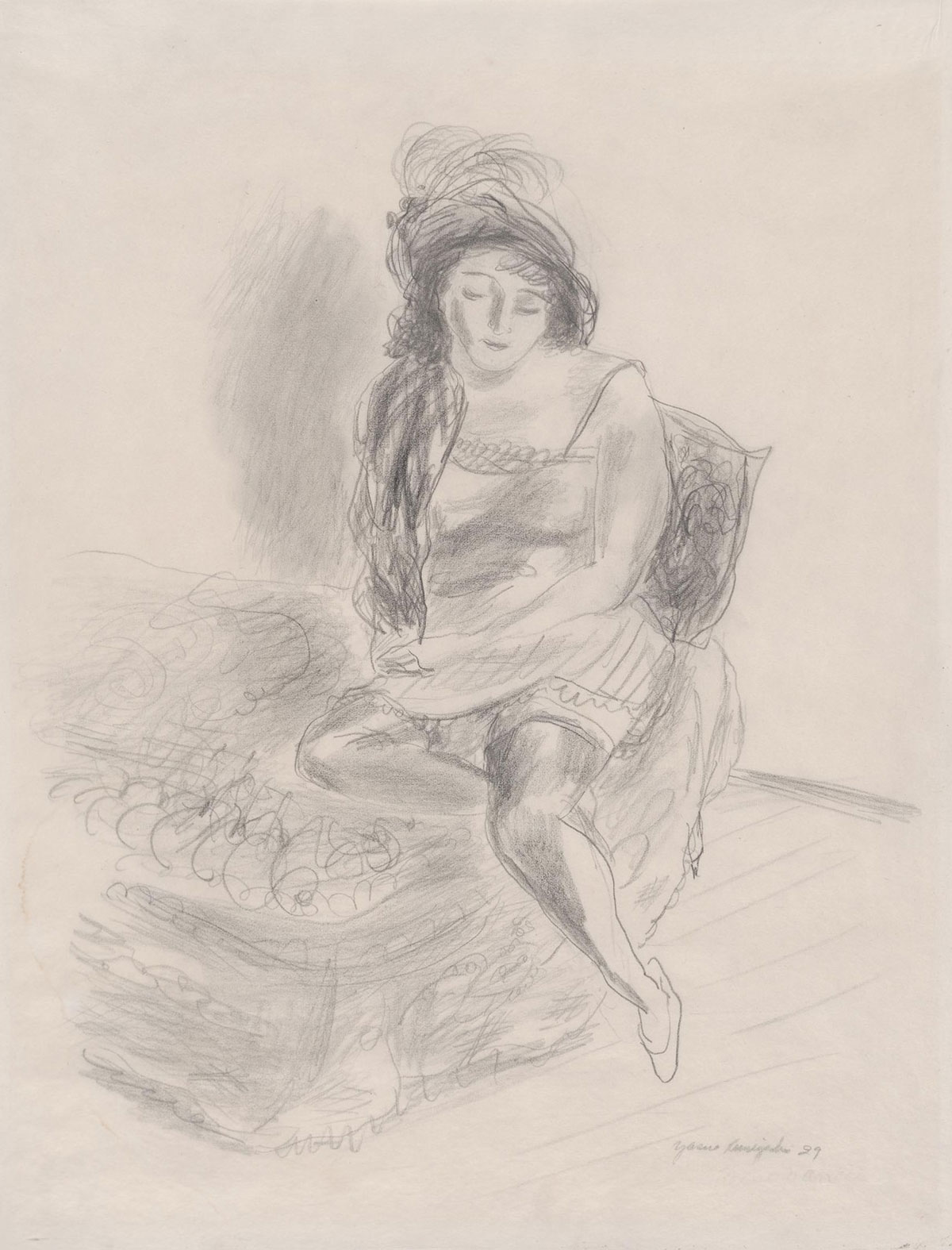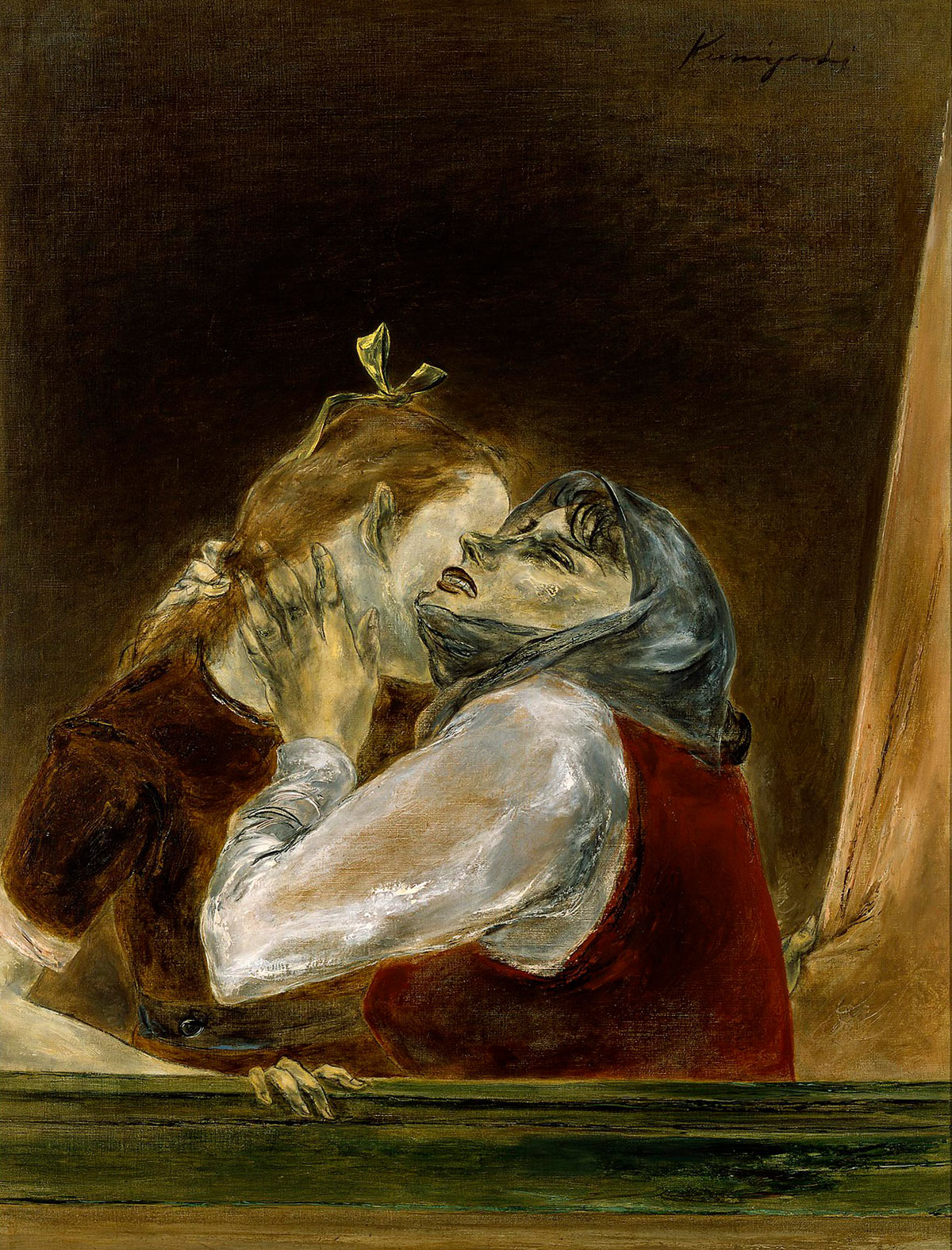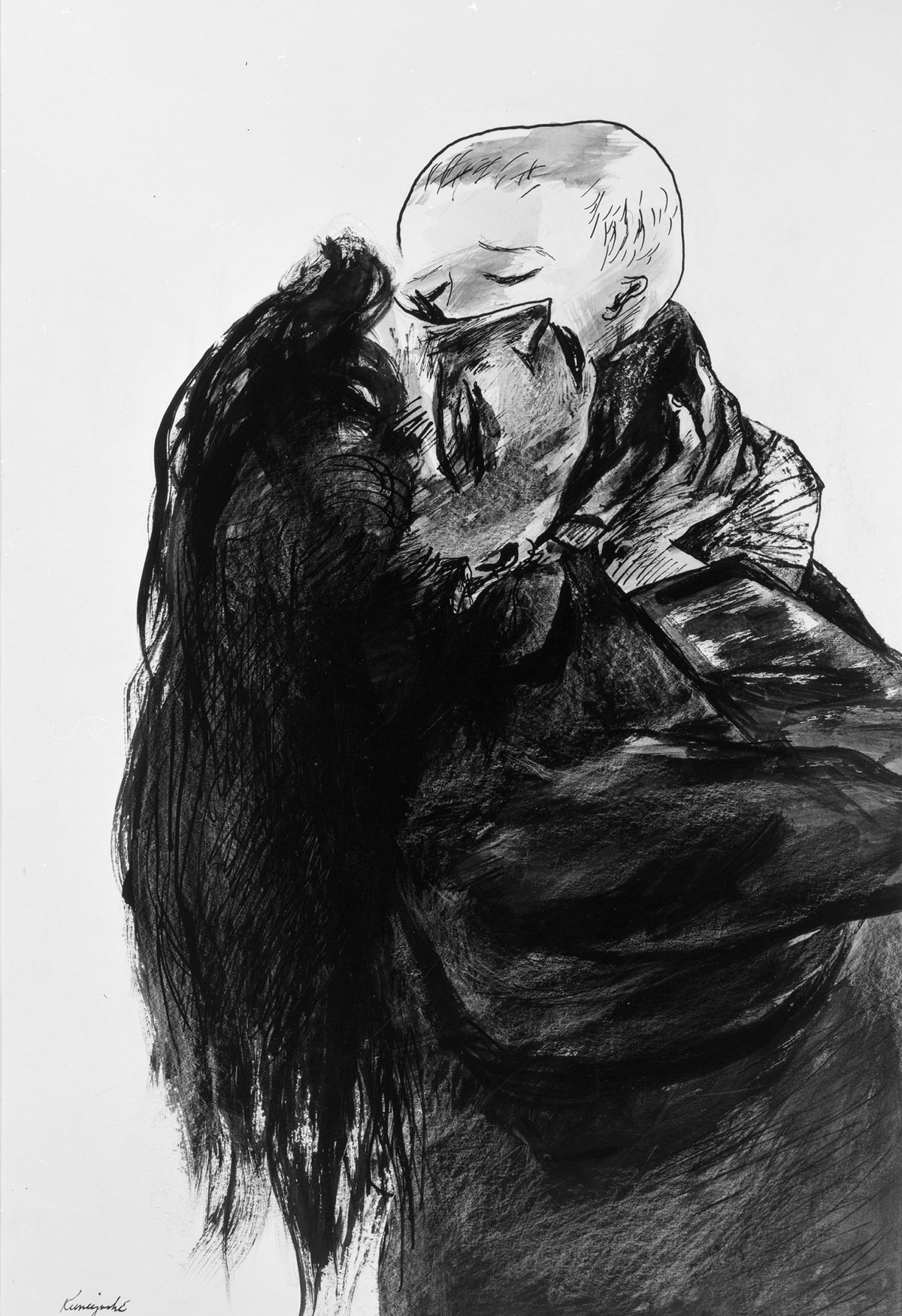This month, we’re celebrating the significant contributions of Asian Americans and Pacific Islanders to the history and culture of this country.

Yasuo Kuniyoshi’s modernist style blends Japanese and Western artistic traditions. In 1948, Kuniyoshi was the first living artist to have a retrospective at the Whitney Museum of American Art. It was a great honor as he wasn’t an American citizen, despite his long-held desire to become one. Today, he is still recognized as a preeminent figure in American modernism.

When he was 16, Kuniyoshi emigrated to the United States alone. After spending time in Seattle and Los Angeles, he moved to New York to attend art school and gradually gained recognition. His early style was highly imaginative and strongly influenced by American folk art. Following two trips to Europe in the 1920s, his work became firmly rooted in reality, drawn and painted from life. Quirky landscapes, complex still life scenes, and languid women were frequent subjects.

Mother and Daughter reflects the vibrant and emotionally resonant style Kuniyoshi developed in response to World War II. His own reflections on the painting were that it evolved from his ”sense
feelings about despair of war and people lost in it.”] This painting of reunited refugees was purchased from the 1945 exhibition Paintings in the United States at Carnegie Institute (now Carnegie Museum of Art). Between 1931 and 1952, he would participate in seventeen of our annual exhibitions.

This vivid black ink drawing is full of profound tenderness. Its energetic and gestural brushwork is characteristic of Kuniyoshi’s late artistic career. With each stroke, the ink is applied in a layered manner, enhancing the tonal range of the overall image.